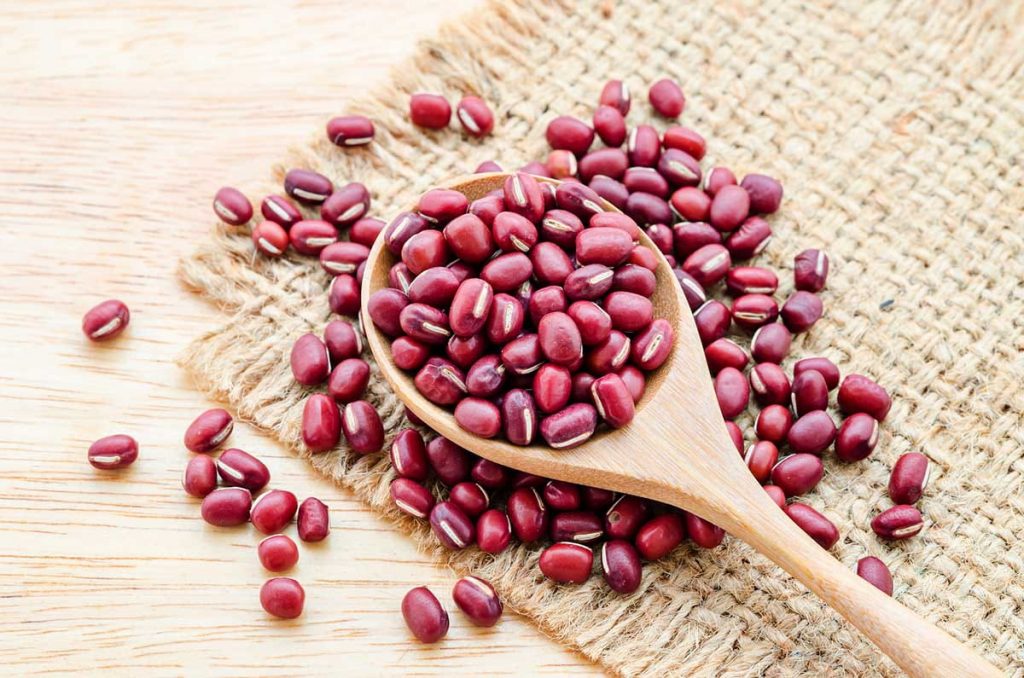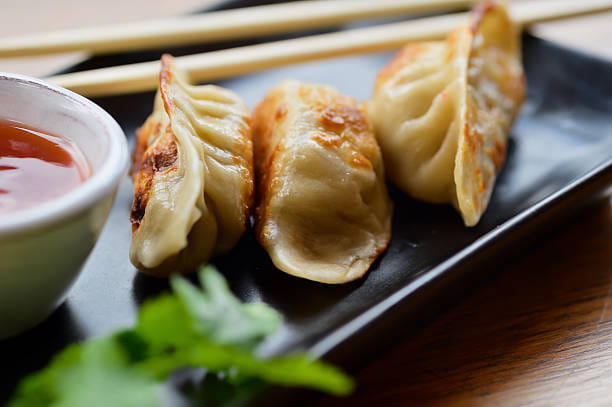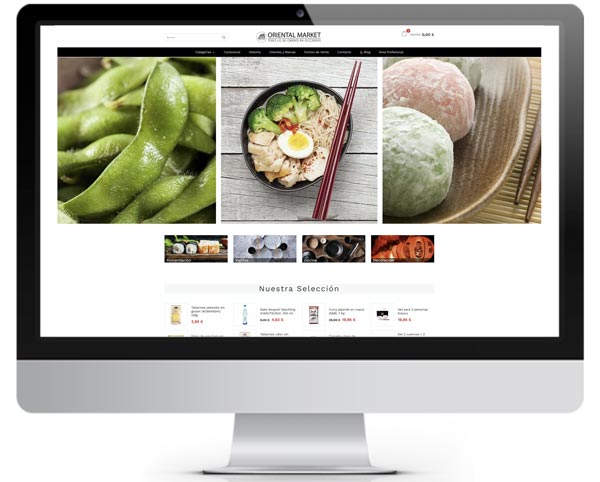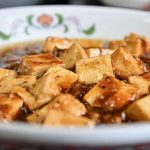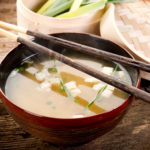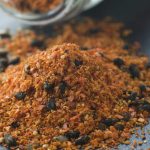A healthy lifestyle and a balanced diet is already a trend. Food is one of the sectors that does not escape from fashions and, for this reason, some foods are becoming the claim of the diets of the moment. Avocado, quinoa, chia or turmeric are some of the ingredients that have become the kings of healthy eating, but they are not the only ones. But they are not the only ones. Do you want to know what the latest addition is? Azuki beans, a delicious, versatile and healthy food of Japanese origin.
About 10 years ago, azuki beans were a complete unknown, they could hardly be found in grocery shops or conventional supermarket chains. Today, however, azuki has become a revolution among legumes. Their multiple health benefits and nutritional properties have come to be regarded as a source of superpowers for the body.
What are azuki beans?
Azuki beans are small beans similar to red beans, although it is possible to find them in other colours as well. They are often used in paste form for the preparation of various recipes and even desserts. Thus, it is a very versatile ingredient in the kitchen, as it can be used in both sweet and savoury dishes. Its texture is very soft, so it is easily adaptable to thousands of recipes.
In Asia, azuki is extremely popular and widely cultivated, especially in eastern Asia and the Himalayan region. However, it is nowadays possible to find them in health food shops, herbalists or supermarkets, as they have become very popular in recent years.
Evolution and history of azuki beans in Asian cuisine
Azuki beans are not a new product. In Asia, they have been cultivated since 1000 BC. In the early days, many elders believed that azuki beans were a good luck charm because of their red colour, which is why they were often used in many events and ceremonies in Japan, China and Korea. They were also used as medicine, as the Japanese already valued their nutritional and medicinal properties at that time.
Health benefits of azuki beans
Keep in mind that no food is a miracle food, nor will it make you change physically or physiologically by consuming it. A healthy and varied diet, which includes this food, is what will contribute to an improved state of health and help prevent many illnesses. These are some of the benefits of this legume:
Improves intestinal health. Azuki is rich in soluble fibre and resistant starch, which improves transit and digestion.
They reduce the risk of type 2 diabetes. The high fibre content of these beans helps to improve insulin sensitivity and reduce blood sugar spikes after eating.
They help regulate weight. This legume has the ability to increase the expression of genes that reduce hunger and increase the feeling of satiety. Azuki are rich in protein and fibre, which also helps to reduce appetite.
Good for cardiovascular health. Consumption of pulses in general is associated with lower cholesterol levels and a reduced risk of heart disease.
Popular recipes
As mentioned above, azuki can be eaten in both sweet and savoury dishes. That’s why we leave you with a choice of each so you know how to cook them in each case. Here they go:
Anko
200 grams of azuki
75 grams of white sugar
50 grams of brown sugar
A pinch of salt
Preparation
Soak the beans in water for at least ten hours. After soaking, drain the azuki beans and put them in a pot with water, three times the content of the azuki beans, cover and place on the heat. Once it comes to the boil, reduce the heat to the minimum and cook, uncovered, for 45-60 minutes, until tender.
Once cooked, drain the red beans well and return them to the pan over a medium-low heat, add the sugar and allow it to melt, stirring occasionally. Continue cooking without bubbling too much to evaporate the water. Add the pinch of salt. The dough should be more or less dry so that you can use it to fill cakes and pastries, such as dorayakis, for example.
Azuki stew
500 grams of azuki
200 g brown rice
300 grams of pumpkin
1 onion
1 tomato
4 garlic
½ teaspoon dried thyme
1 teaspoon of paprika de la Vera
½ teaspoon turmeric powder
1 pinch of pepper
Salt to taste
4 tablespoons tamari sauce (or soy sauce)
olive oil
A few leaves of fresh coriander (optional)
Preparation
Before preparing this recipe, the azuki must be soaked for at least 8 hours. A good option is to soak them the night before.
Place the azuki, onion, garlic and tomato in a large pot. Cover everything with water (about a litre and a half) and put it on the heat. Add all the spices except salt. Bring to the boil. Once it starts to boil, lower the heat, put the lid on and leave it to cook for 1 hour. Meanwhile, cook the brown rice for 40 minutes in plenty of salted water. Set aside.
Once the azukis have been cooking for an hour, remove the onion, garlic and tomato and mash well with a little of the cooking water. Add what you have just mashed to the pot. Add the diced pumpkin, salt and tamari (do not overdo it with the salt because tamari is salty). Cook for a further 15 minutes and turn off the heat.
Serve in a deep dish with a couple of spoonfuls of boiled brown rice and some fresh coriander.

